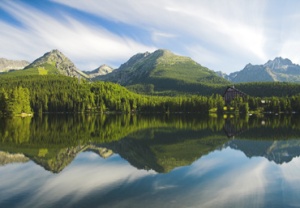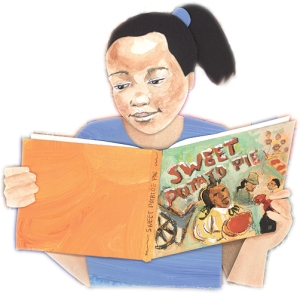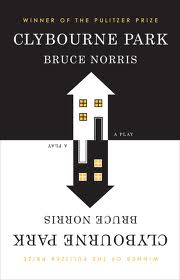
Bill Traylor’s story is the stuff of legend: he was born into slavery in Alabama, lived most of his life as a sharecropper, and started drawing at the age of eighty-five, while living homeless in Montgomery, Alabama. His drawings once decorated a street corner; now he’s known as one of America’s most important folk artists.
You can learn more about Traylor’s life story in our picture book biography, It Jes’ Happened, but there’s nothing like seeing Traylor’s artwork in person. Most of it is concentrated at a few museums in the southeast, but luckily, right now there’s a traveling exhibition making its way around the US with over 60 of Traylor’s works. The paintings, borrowed from permanent collections at the High Museum of Art in Atlanta and the Montgomery Museum of Fine Arts, represent some of the best examples of Traylor’s unique folk art style. Here’s where the exhibit will be:






 problems in their marriage. When the local pastor, Father Jim (Brendan Griffin) and concerned neighbor, Karl (Jeremy Shamos) stop by the house the true gist of the story starts to simmer at first, builds to a boil, and ends with an all out blow out. Karl is concerned that Russ has sold his house to a black family, which in his mind could drag the neighborhood’s property values down and promote white flight. Russ seems to be surprised at this news at first, having been completely hands off with the realtor who sold his home, but warms to the news in an unanticipated way. The fact is, Russ sees this as an appropriate farewell to a community he secretly loathes. Russ feels his family was treated as pariahs because his only son committed suicide after returning from the Korean War under the suspicion of war crimes.
problems in their marriage. When the local pastor, Father Jim (Brendan Griffin) and concerned neighbor, Karl (Jeremy Shamos) stop by the house the true gist of the story starts to simmer at first, builds to a boil, and ends with an all out blow out. Karl is concerned that Russ has sold his house to a black family, which in his mind could drag the neighborhood’s property values down and promote white flight. Russ seems to be surprised at this news at first, having been completely hands off with the realtor who sold his home, but warms to the news in an unanticipated way. The fact is, Russ sees this as an appropriate farewell to a community he secretly loathes. Russ feels his family was treated as pariahs because his only son committed suicide after returning from the Korean War under the suspicion of war crimes.